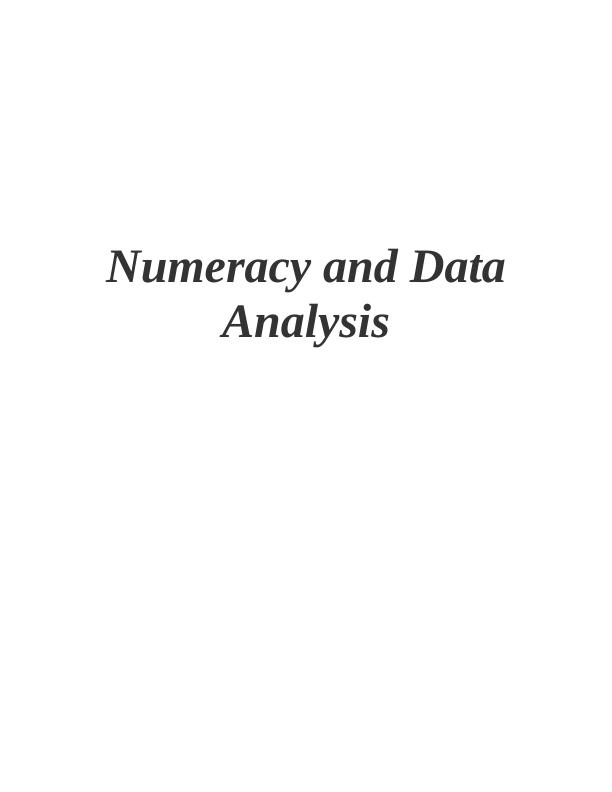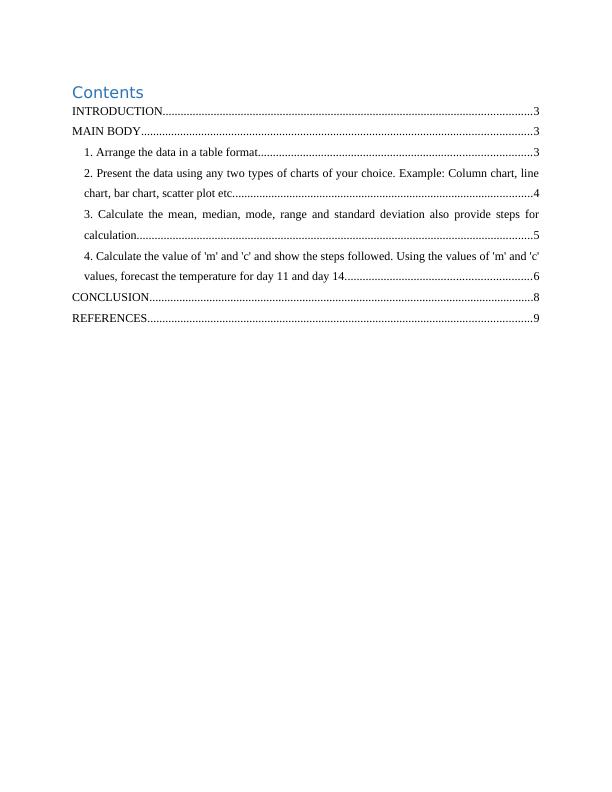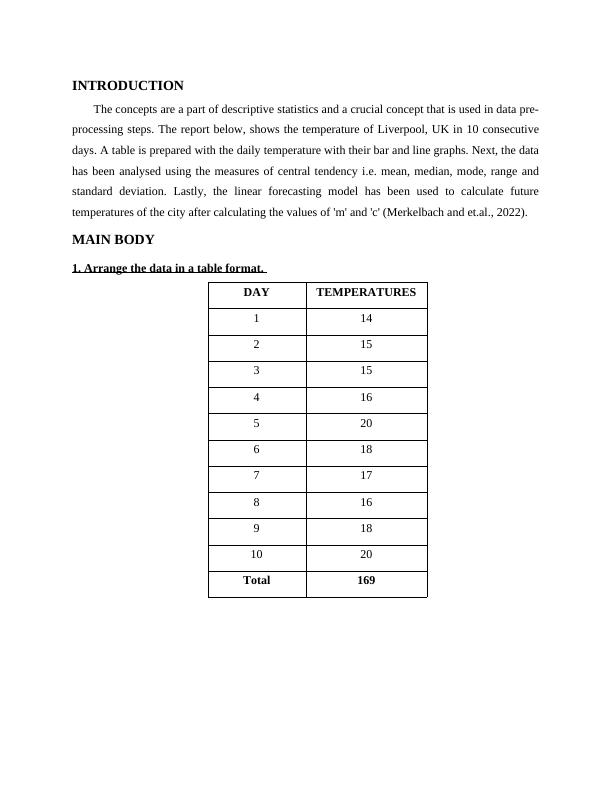Numeracy and Data Analysis: Statistical Analysis and Linear Forecasting Model
Added on 2023-06-09
9 Pages1424 Words404 Views
End of preview
Want to access all the pages? Upload your documents or become a member.
Numeracy and Data Analysis: Temperature Analysis of London
|9
|1463
|70
Numeracy and Data Analysis: Central Tendency and Linear Forecasting
|9
|1565
|165
Numeracy and Data Analysis: Temperature Data Set Analysis
|10
|1659
|375
Numeracy and Data Analysis: Computation of Statistical Tools and Linear Forecasting Model
|9
|1673
|293
Numeracy and Data Analysis for Wind Speed Data Table
|9
|1602
|344
Numeracy and Data Analysis: Calculation of Mean, Median, Mode, Range, Standard Deviation and Linear Forecasting Model
|9
|1514
|169



